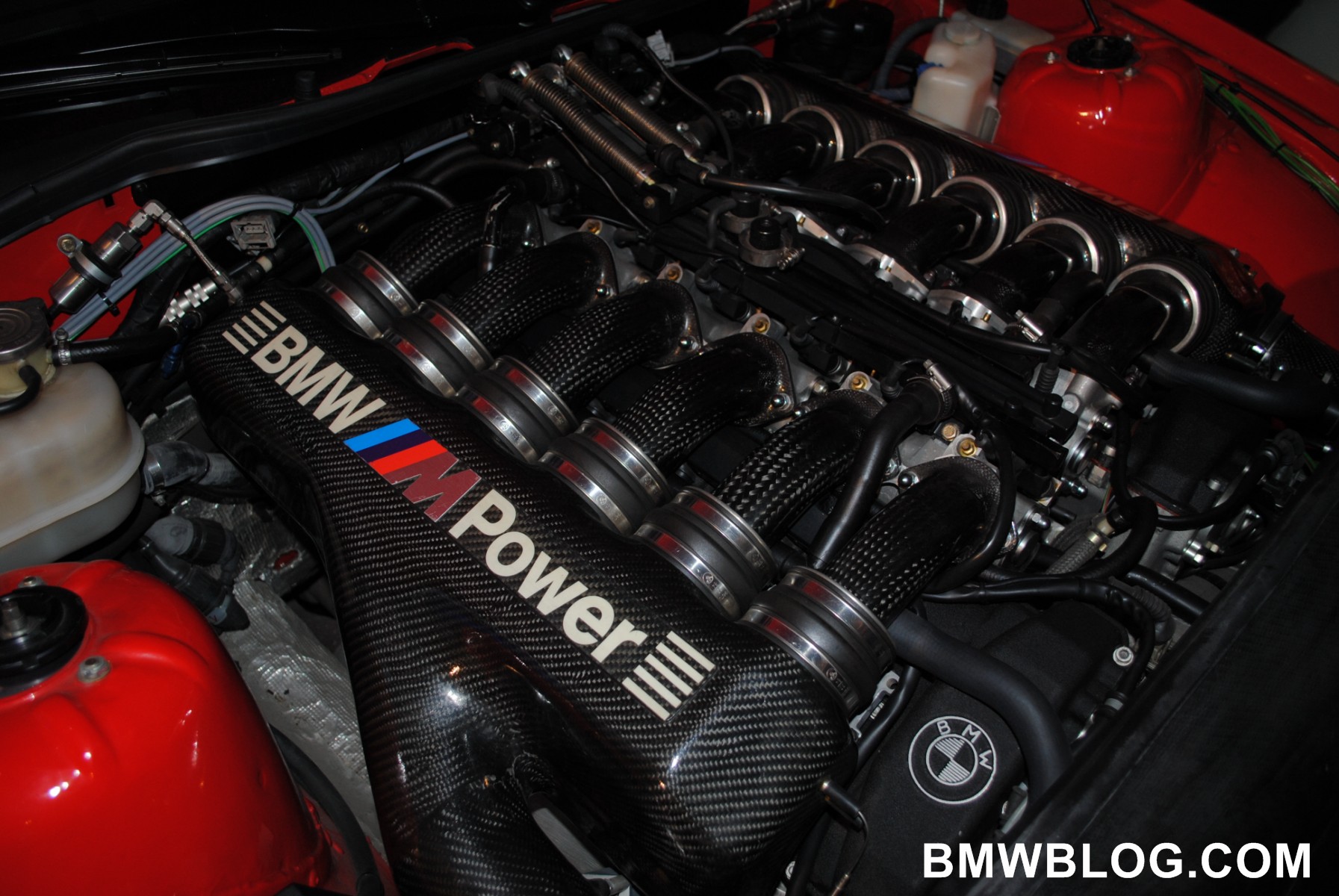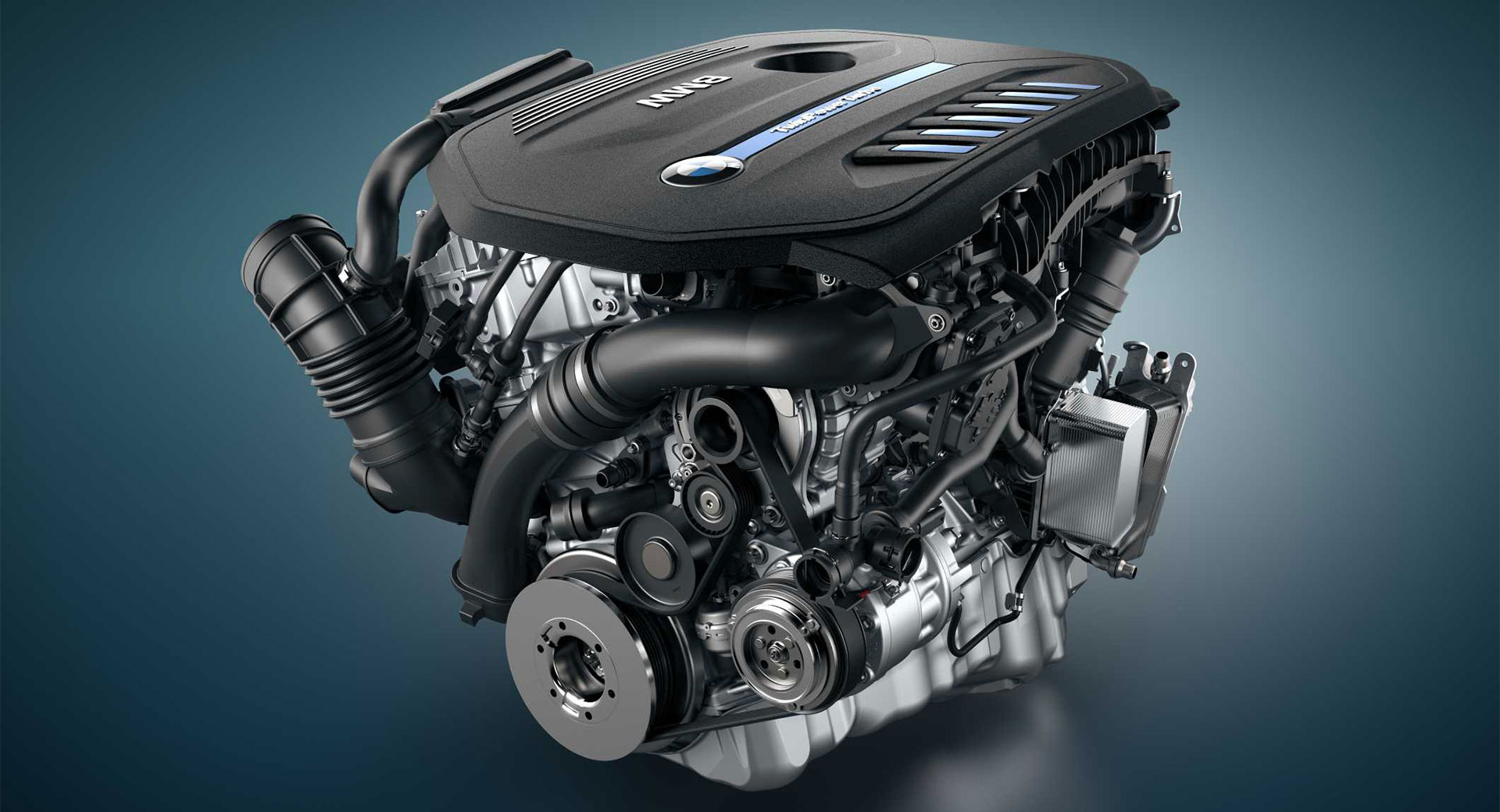A Beginner's Overview to Picking the Right BMW Engine for Your Demands
A Beginner's Overview to Picking the Right BMW Engine for Your Demands
Blog Article
Discovering the Evolution of Burning Engines in Modern Transportation Systems
As we browse the landscape of modern-day transport, the development of combustion engines stands as a testimony to human resourcefulness and engineering prowess. The interaction of background, innovation, and environmental concerns in forming the trajectory of burning engines produces a narrative that is both informative and engaging.
Early Beginnings of Combustion Engines
Exactly how did the concept of burning engines first arise in the onset of transportation development? When the principles of internal burning were initial checked out, the roots of combustion engines can be mapped back to the 17th century. In 1673, Christian Huygens conceptualized a basic internal burning engine that utilized gunpowder to create power. It had not been until the late 19th century that functional applications of combustion engines in transportation started to emerge.
The innovation minute included the development of the initial effective gasoline-powered engine by Karl Benz in 1885 - bmw engine. This engine led the way for the development of the modern-day car, transforming transportation systems worldwide. Succeeding developments by Nikolaus Otto and Gottlieb Daimler better refined combustion engine innovation, leading to the mass production of cars and the quick expansion of the transportation market
These early burning engines were defined by their simpleness and performance, laying the structure for the complicated and effective engines utilized in contemporary transport systems. The development of combustion engines has contributed in forming the method we travel and carry products, marking a considerable milestone in the history of transportation growth.
Change to Internal Burning Innovation
The shift to internal burning modern technology noted an essential shift in the evolution of transport systems. This change began in the late 19th century, with creators like Nikolaus Otto and Gottlieb Daimler developing the initial effective interior combustion engines. These engines revolutionized transportation by providing a more powerful and reliable option to heavy steam engines and electric motors.
Among the crucial advantages of inner burning engines was their ability to be reduced to match vehicles, bring about the advancement of vehicles and motorcycles. This change from large, fixed engines to small, mobile ones paved the method for the modern transport systems we see today.
The transition to inner combustion modern technology likewise stimulated improvements in gas innovation, leading to the growth of gasoline and diesel as key fuel resources for vehicles. This change not just made transportation extra easily accessible to the masses but likewise laid the foundation for the oil and gas market to come to be essential to international economic climates.
Influence of Combustion Engines on Transportation
The fostering of combustion engines in transportation systems militarized a profound shift in the performance and speed of worldwide mobility. Burning engines revolutionized transportation by giving a versatile and trusted source of power for different vehicles, including automobiles, airplanes, trucks, and ships. This technology significantly improved the capability for items and individuals to move over long distances in shorter amount of time, causing boosted connection in between regions and nations.
Furthermore, the widespread use burning engines has had a substantial impact on economic development. The ability to carry products effectively has stimulated profession and commerce, enabling companies to broaden their markets and reach consumers worldwide. This has facilitated financial development and globalization, as look what i found items can now be carried quicker and in larger quantities than ever before.
Nonetheless, the ecological effect of combustion engines can not be neglected. The combustion of fossil gas has actually caused air pollution and greenhouse gas emissions, adding to environment change and posing wellness threats to populations. bmw engine. Consequently, there is an expanding focus on establishing alternative propulsion modern technologies to alleviate these unfavorable effects and develop a much more sustainable future for transport
Developments in Combustion Engine Layout
One remarkable technology is the growth of turbocharged engines, which make use of exhaust gases to drive a generator that presses inbound air, permitting for even more fuel to be scorched, resulting in boosted power outcome without a considerable rise in engine dimension. Variable shutoff timing systems have actually additionally changed engine layout by maximizing airflow at different engine speeds, boosting both power and efficiency. These advancements jointly contribute to the constant enhancement of burning engines in web modern-day transport systems.
Future Patterns in Combustion Engine Growth
With innovation advancements driving continual development, the future of burning engine advancement is positioned to transform transport systems internationally. One of the key patterns in combustion engine growth is the push in the direction of greater performance and decreased emissions.
Another noticeable pattern is the fostering of crossbreed innovations in burning engines. Hybrid engines integrate standard burning technology with electric power, supplying improved fuel performance and reduced emissions. As the vehicle sector shifts towards electrification, crossbreed burning engines are viewed as a transitional service that connects the void in between conventional cars and completely electrical ones.
In addition, the integration of smart innovations, such as expert system and data analytics, is expected to play a considerable duty in the future of burning engine growth. These technologies can optimize engine performance in real-time, resulting in a lot more effective burning procedures and improved total read the article lorry efficiency. Welcoming these future trends will not only drive innovation in combustion engine advancement however likewise add to a much more eco pleasant and lasting transportation environment.

Conclusion
In final thought, the development of burning engines in modern-day transport systems has been marked by considerable innovations in modern technology and layout. From the early beginnings of combustion engines to the transition to internal burning innovation, these engines have had a profound influence on transportation. Developments in combustion engine design continue to drive progress in this area, with future fads concentrating on more enhancing effectiveness and decreasing discharges. The future of combustion engines in transportation looks encouraging as study and growth initiatives remain to push boundaries.
The origins of burning engines can be traced back to the 17th century when the principles of inner combustion were initial explored. These engines revolutionized transport by using a much more efficient and effective option to steam engines and electrical motors.

Report this page